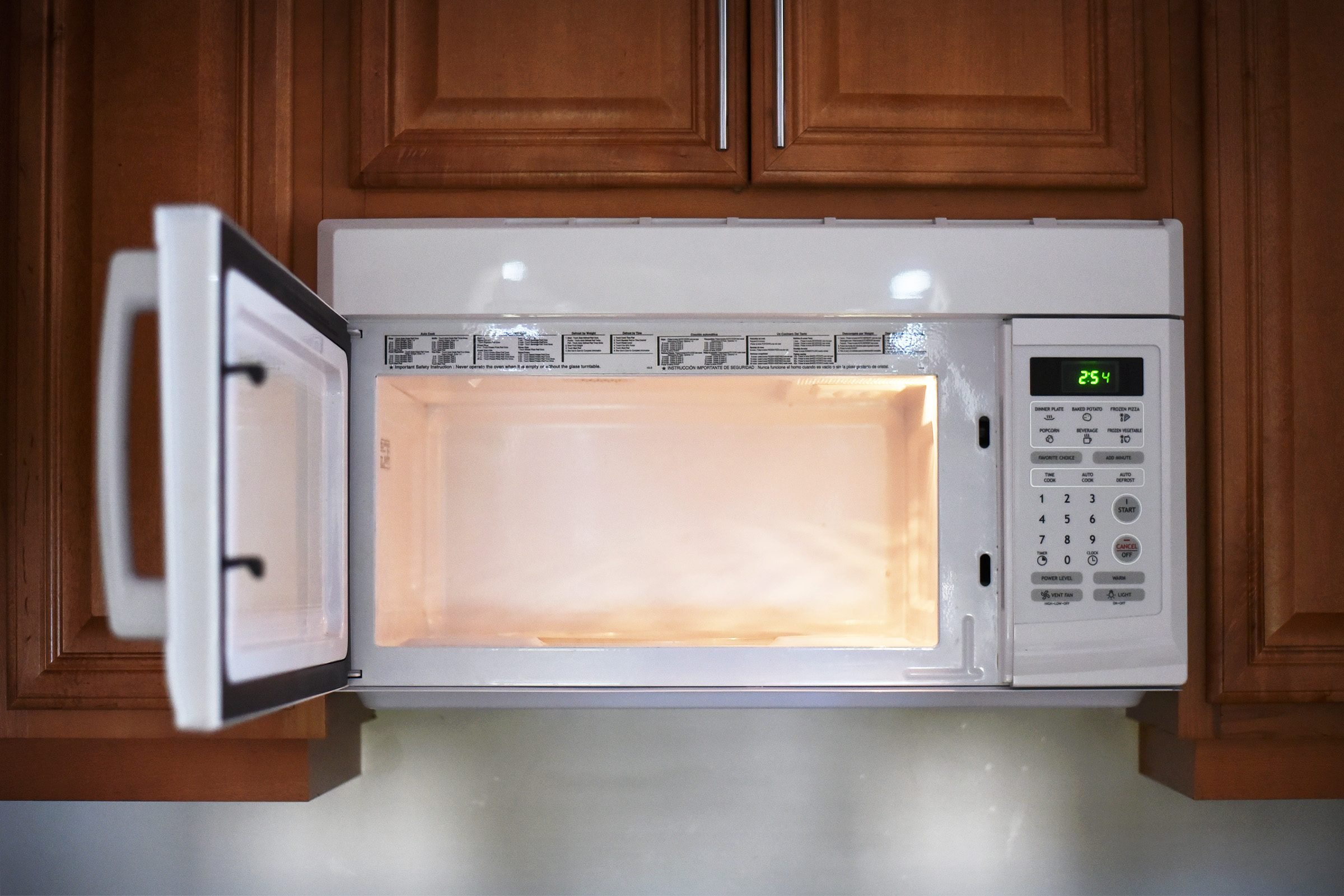
Save your microwave
Chances are, you’re a big fan of your microwave. It’s the hero of late-night popcorn snacks, speedy meals, and leftover feasts. The least you can do for this handy cooking tool is to treat it well so that it’ll last you as long as possible. “Your microwave’s life expectancy is about nine to ten years, but this is when you maintain your microwave without causing early damage before the life expectancy is up,” according to Mika Kujapelto, CEO and Founder of LaptopUnboxed. Avoid these risky actions and your microwave will be around for years to come.
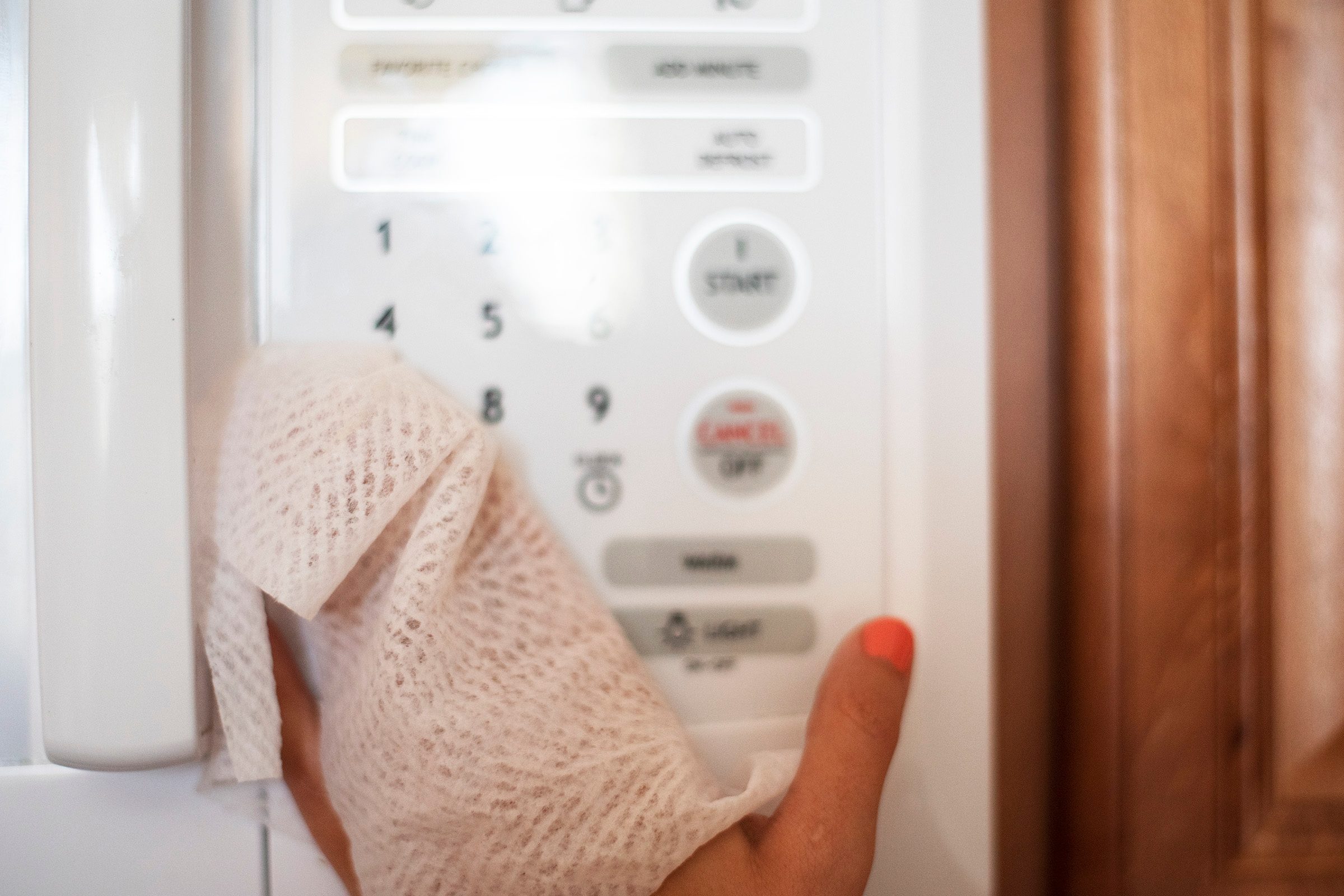
Neglecting to clean it
One of the most simple (but perhaps irritating) tips for maintaining your microwave boils down to keeping it clean. Sure, cleaning your kitchen appliances isn’t exactly a fun chore, but it’s pretty important when it comes to your microwave. Maybe you only clean it when there’s a sizable mess—but you shouldn’t leave those small, everyday stains, says John Bedford, founder of Viva Flavor, a site dedicated to helping amateur cooks explore the world of food and drink. “Food that remains on the sides will continue to absorb energy during future operations, and will burn the interior over a longer period of time,” he explains. Basically, your microwave is expending unnecessary effort to “heat up” the lingering remains of your past meals, which will eventually impact the components and shorten the lifespan of the appliance,” Bedford says. So wipe down your microwave after every use. He also recommends giving it a deeper clean once a month, which includes the exterior and the mechanisms of the door as well.
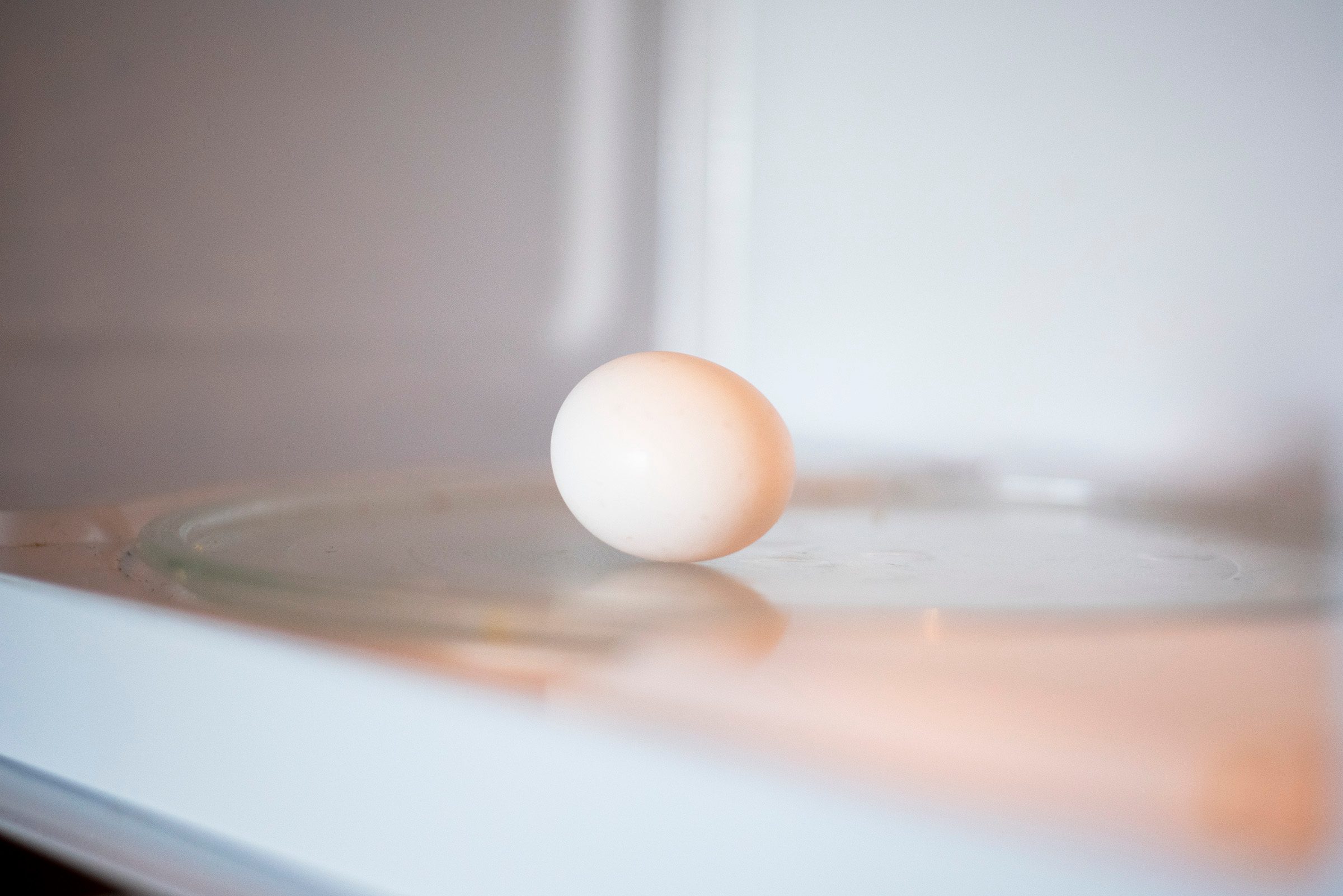
Microwaving certain foods
One essential thing any microwave cook should know is the foods you should never microwave. Benjamin Shrauner, Owner of Sell Your KC House.com, offers a quick primer. “Certain foods like potatoes or eggs can build up pressure when microwaved, and, when they blow, send a mini-shockwave through the unit, which can be damaging,” he told Reader’s Digest. You should definitely avoid microwaving a whole egg, since the water that the eggs contain can heat up and expand. Potatoes, though, can be safely microwaved; just make sure to poke a few holes in the potato with a fork so that the pressure buildup will have somewhere to go. Plus, learn these ways you’re using your microwave wrong.
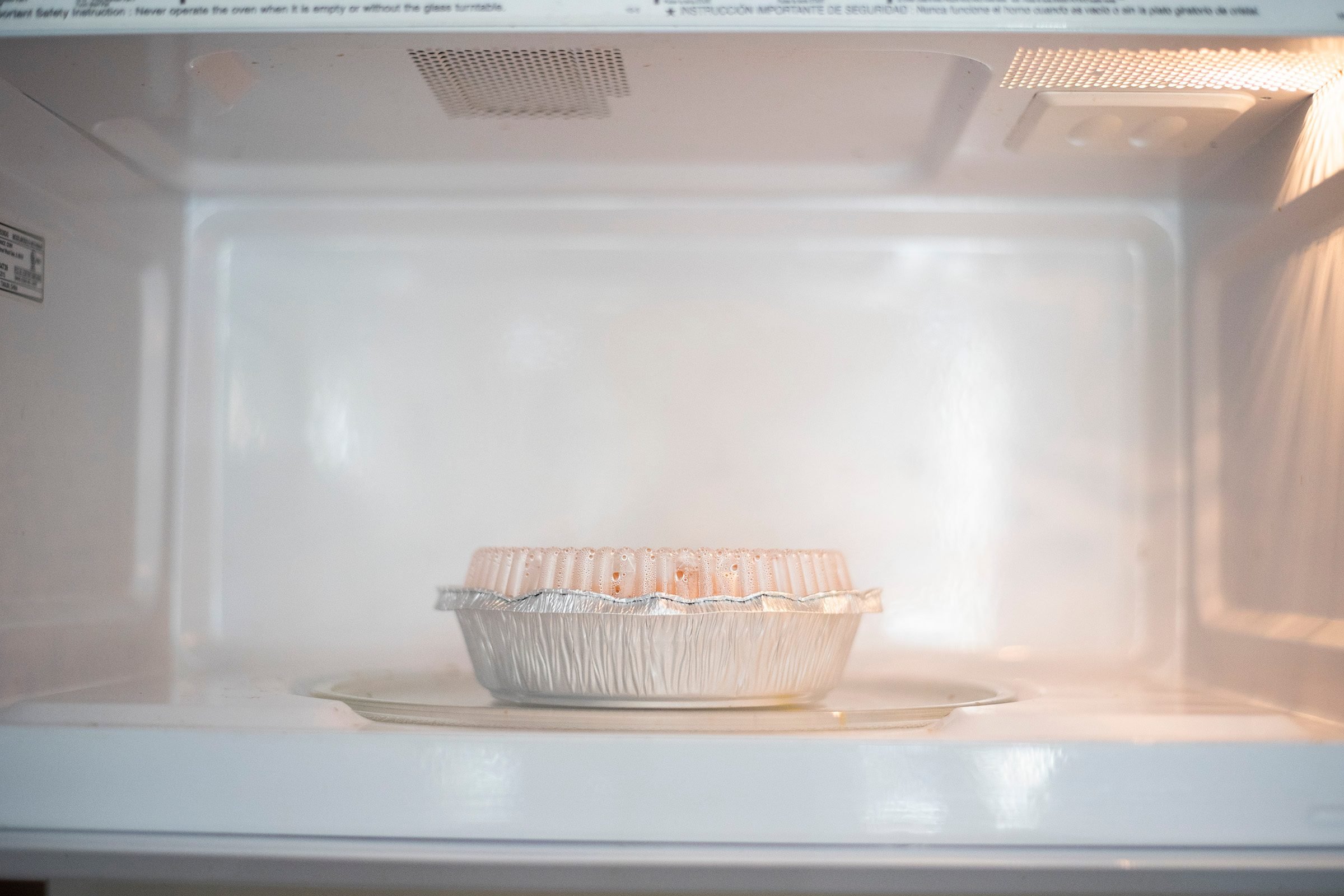
Microwaving other things that aren’t microwave-safe
Of course, food isn’t going in your microwave totally alone. Make sure that anything else you’re putting in there is not going to cause problems either. You likely already know that metal is a big no-no, but other materials can also damage your oven. Plastic, in particular, could present an issue. “Any plastic that isn’t [microwavable] could melt, and even small smudges of melted plastic inside the microwave can cause problems,” warns Walton Holcomb, founder of BrewSmartly. You don’t want that in your microwave or anywhere else near your food. And you should also make sure that you’re not microwaving any packaging that might contain tiny bits of metal, like an accent or a leaf. Check out our guide to what types of containers are and aren’t microwave-safe.
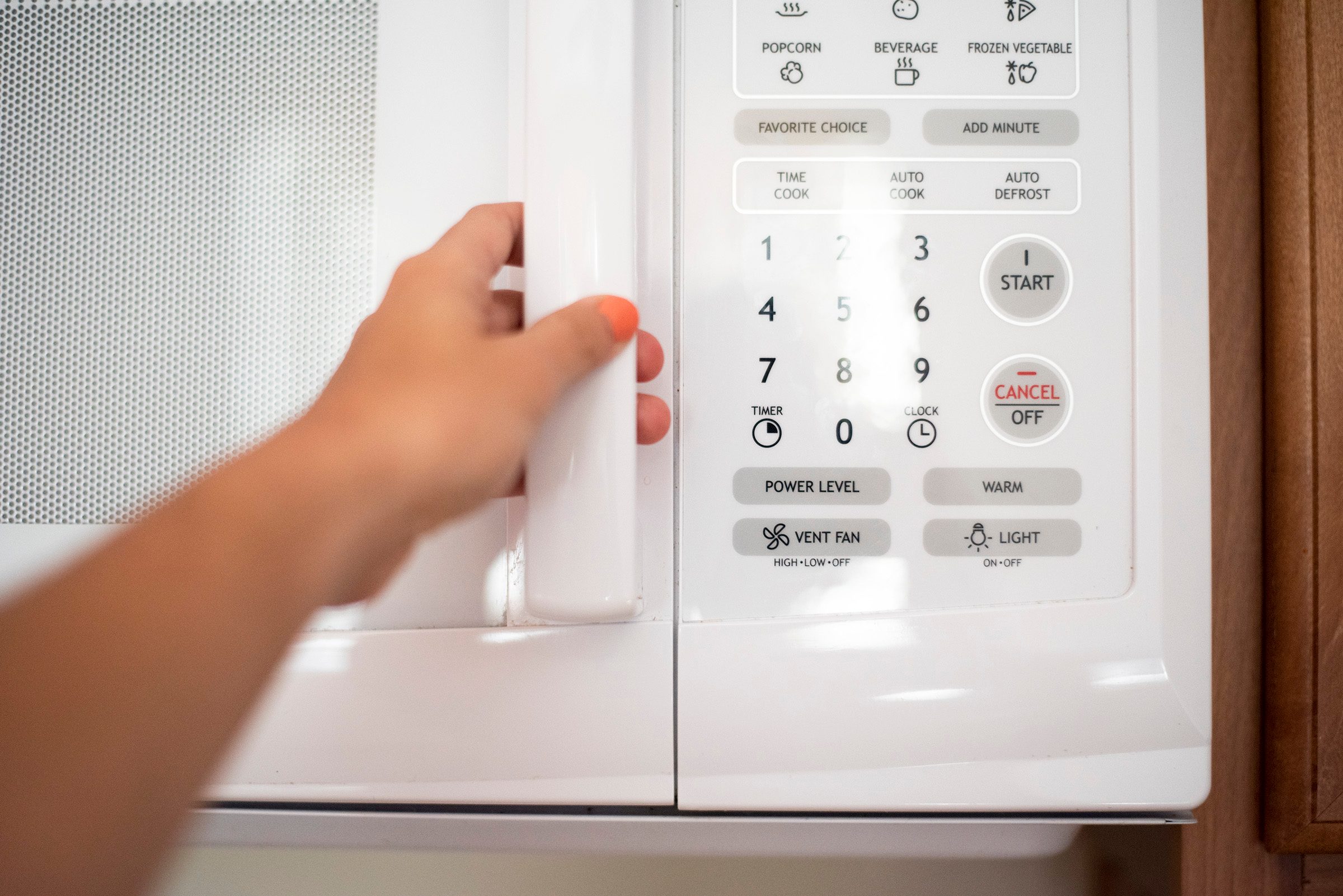
Slamming the door
Appliances, to be fair, are inanimate objects. So you might think it’s OK to be less than gentle, on occasion, when using them. But this can damage them over time! And yes, we’re talking to you, elbow-door-closers. “When you’re taking something out of the microwave, it’s really tempting to use an elbow to slam the door shut,” Bedford explains. “There are actually some quite delicate mechanisms in most microwave doors, as it’s obviously important they secure properly to keep the energy on the inside.” And aggressively slamming the door won’t just shorten the life of your microwave—it can also be dangerous. If the door gets damaged, it might no longer be sufficient to keep all the energy in, and that would be a safety issue. Treating them rough like this is definitely one of the ways you’re shortening the life of your appliances.
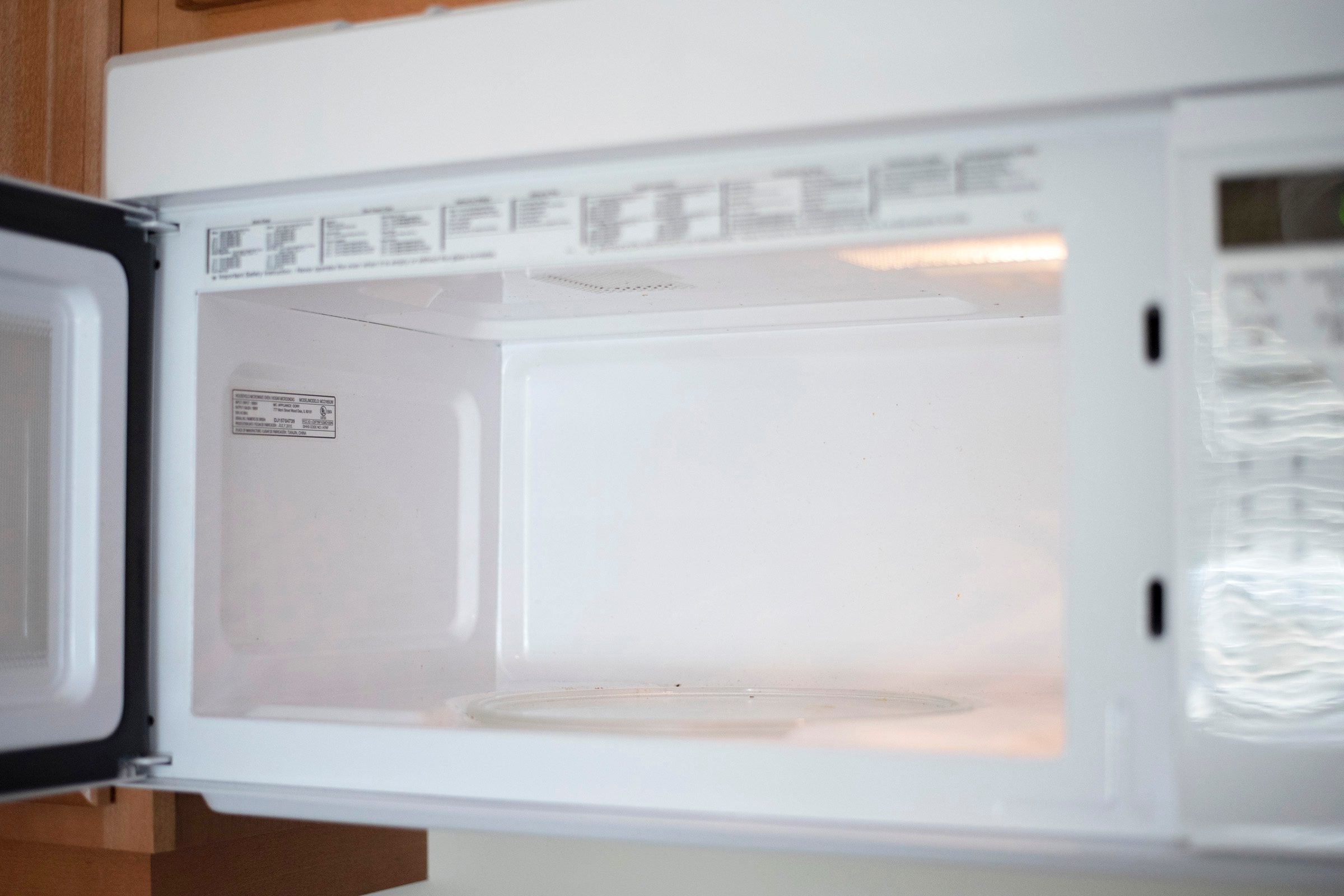
Running it while it’s empty
Maybe there are a few seconds left on the microwave and you just run it instead of resetting it. Running it when there’s nothing in it is also certainly easy to do by accident. If you notice this, you should definitely put a stop to it, because it can damage your microwave. Take it from Bedford: “With nothing inside, all the microwave can do is absorb its own energy!” he told Reader’s Digest. “I’ve done this accidentally before and killed the appliance after only around ten seconds.” Now that’s an embarrassing headache no one wants. Do you know why professional chefs never use the “defrost” button on the microwave either?
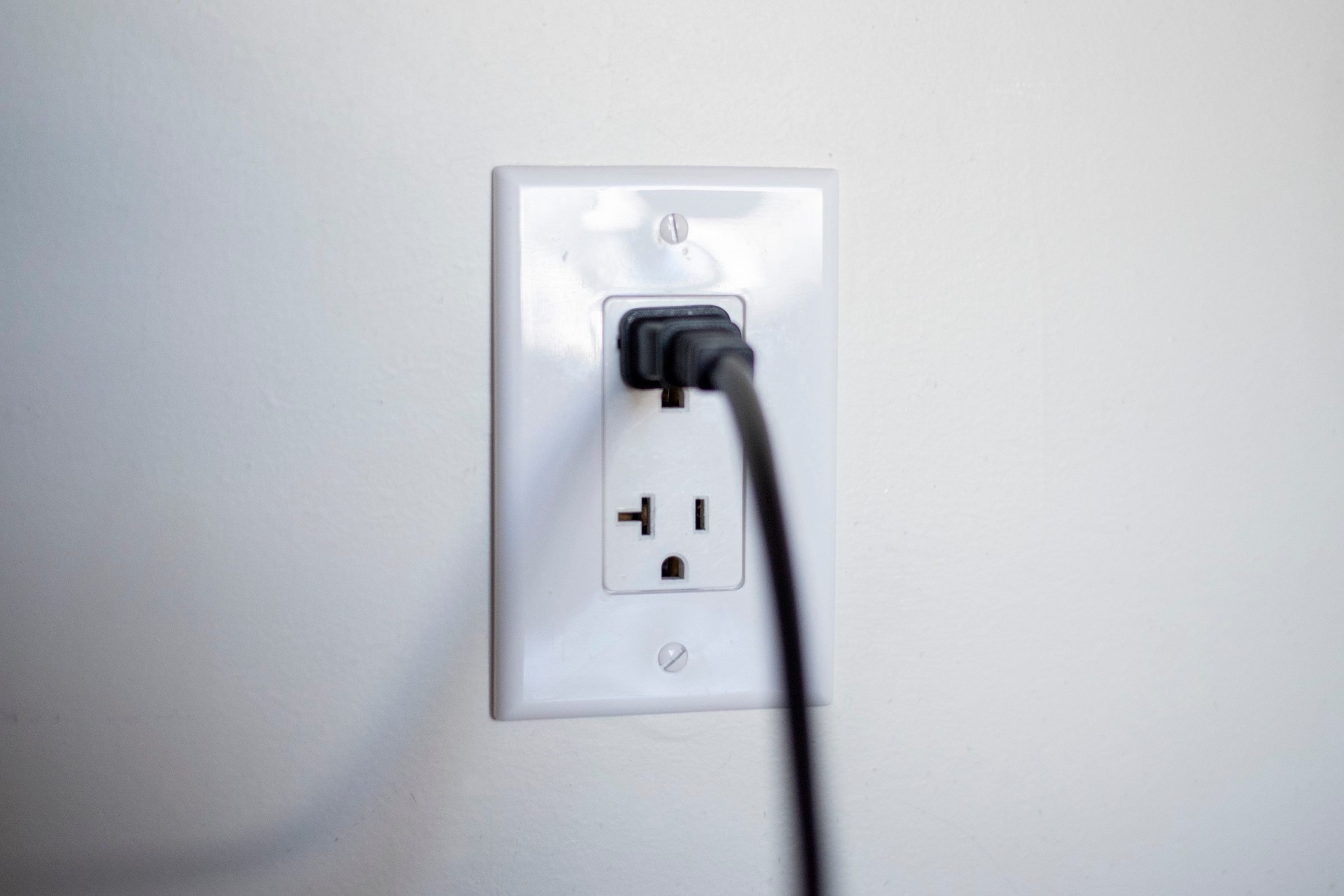
Running it on the wrong circuit
Kitchen circuits can be a tricky business and might be better left to an electrician to figure out. But here’s what you need to know: Your microwave shouldn’t be run on the same circuit as larger kitchen appliances. “According to the 2020 NEC Code, large kitchen appliances need to be served by multiple circuits,” explains Craig Anderson, owner of Appliance Analysts. “This is because appliances, especially in the kitchen, have been getting larger and larger over the years. The conflicting electricity demands are too much for one circuit and can threaten to damage or inhibit your appliances.” Again—not something the average homeowner would really be expected to know, but certainly good to know! Anderson warns that this could particularly be an issue in older homes, which tend to have fewer circuits to begin with.
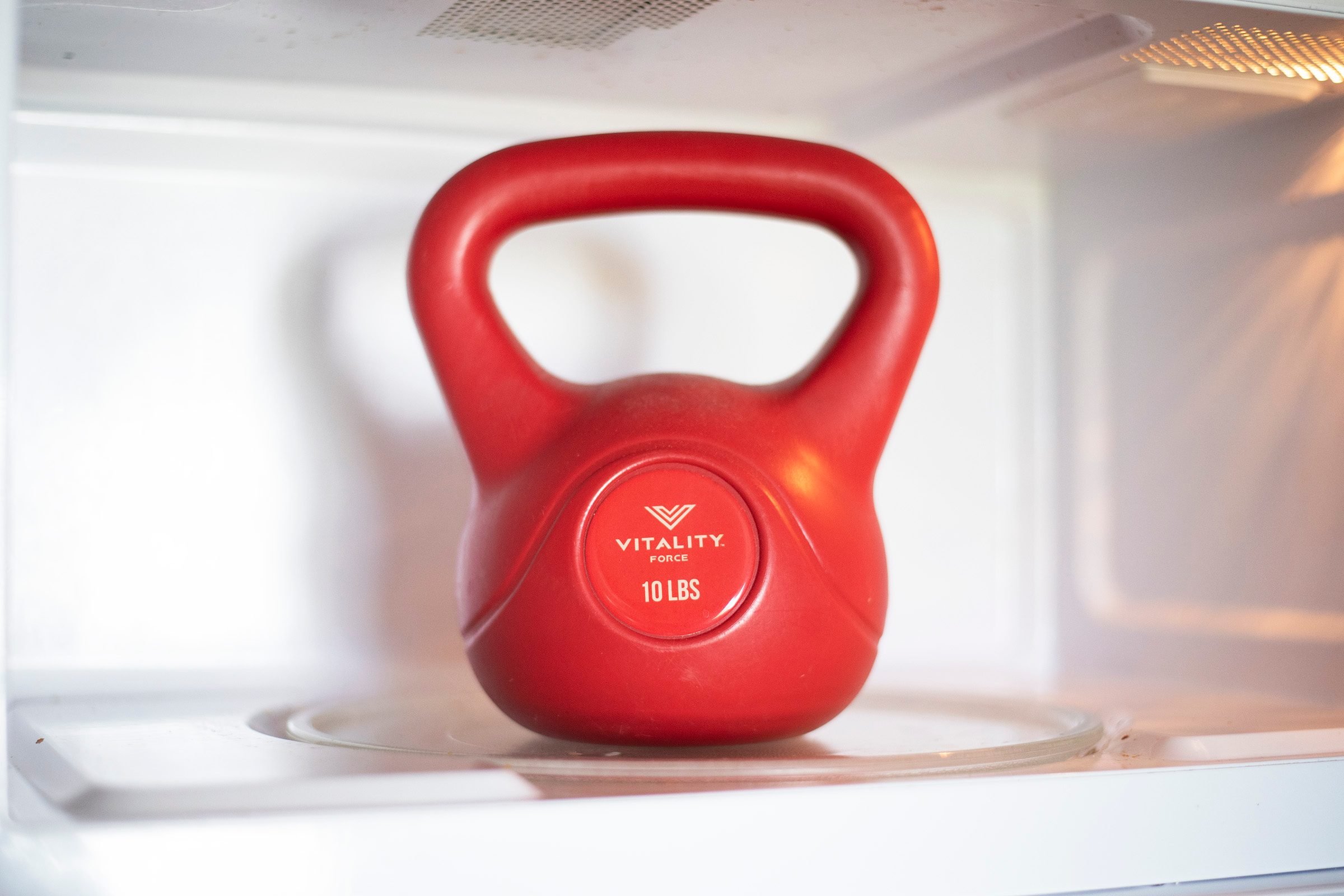
Pushing the weight limit
Never wondered if your microwave has a weight limit? Neither have we. But rest assured, it does! As Bradley Keys, Marketing Director for PatchMD, explains, “Many foods and dishes are well below our microwave’s capacity, [which is] why we tend not to care about its weight limitation. However, be mindful of heavier dishes and large frozen items.” He warns that microwaving something overly heavy can strain the unit, potentially damaging the turntable, motor, and even magnetron. And where can you find your unit’s weight limit? It’s “usually printed on the microwave door or can be seen in its manual,” Keys says. Learn how to find your microwave’s wattage, too.
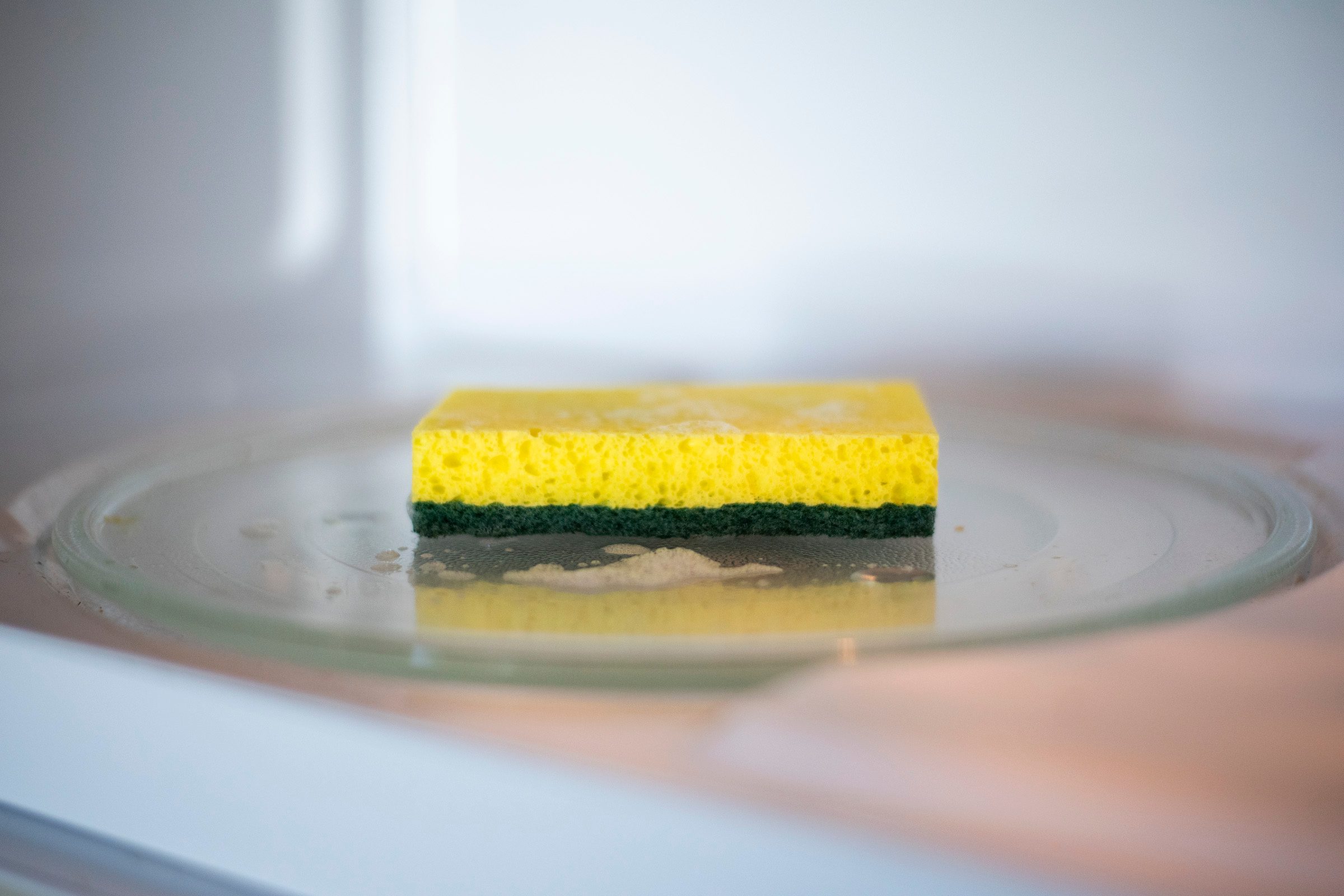
Microwaving sponges
If you’re savvy with kitchen hacks, you might already know that popping your probably very grimy kitchen sponge in the microwave for a minute or two is a great way to clean it. But you have to make sure that, in turn, you don’t dirty your microwave! Your kitchen sponge could be “covered with salmonella, staphylococcus, and other bacteria for days after you use them,” warns George Pitchkhadze, CMO at Thrive Cuisine. And he says that while the dishes you’re using the sponge on will dry, negating the bacteria, the same can’t be said for the microwave. “They retain moisture well and are warm often, making them a perfect breeding ground for all kinds of diseases,” he says. “Using a kitchen sponge for your microwave is a great way to give yourself, your guests, and family members something nasty.” But this doesn’t mean you should stop using it to clean your sponge—just make sure you’re cleaning the microwave afterwards! Specifically, “clean the inside of your microwave using disposable, biodegradable tissues,” he suggests.

Not giving it space
Those of you with a packed countertop, this is for you. If you’re boxing your microwave in, it could prevent proper airflow, causing damage over time. “If a microwave oven is located with its heat vents too close to a wall or cabinet, restricting airflow, the electronics will get too hot for what they are designed for long-term, [causing] early failure,” says William Pinson of Pinson Technical Consulting LLC. This even means that you should avoid keeping things on top of it, too. Likewise, you shouldn’t keep it too close to your oven or any other major heat source, which could cause it to overheat over time. And check out these things you shouldn’t store on your kitchen countertop at all.
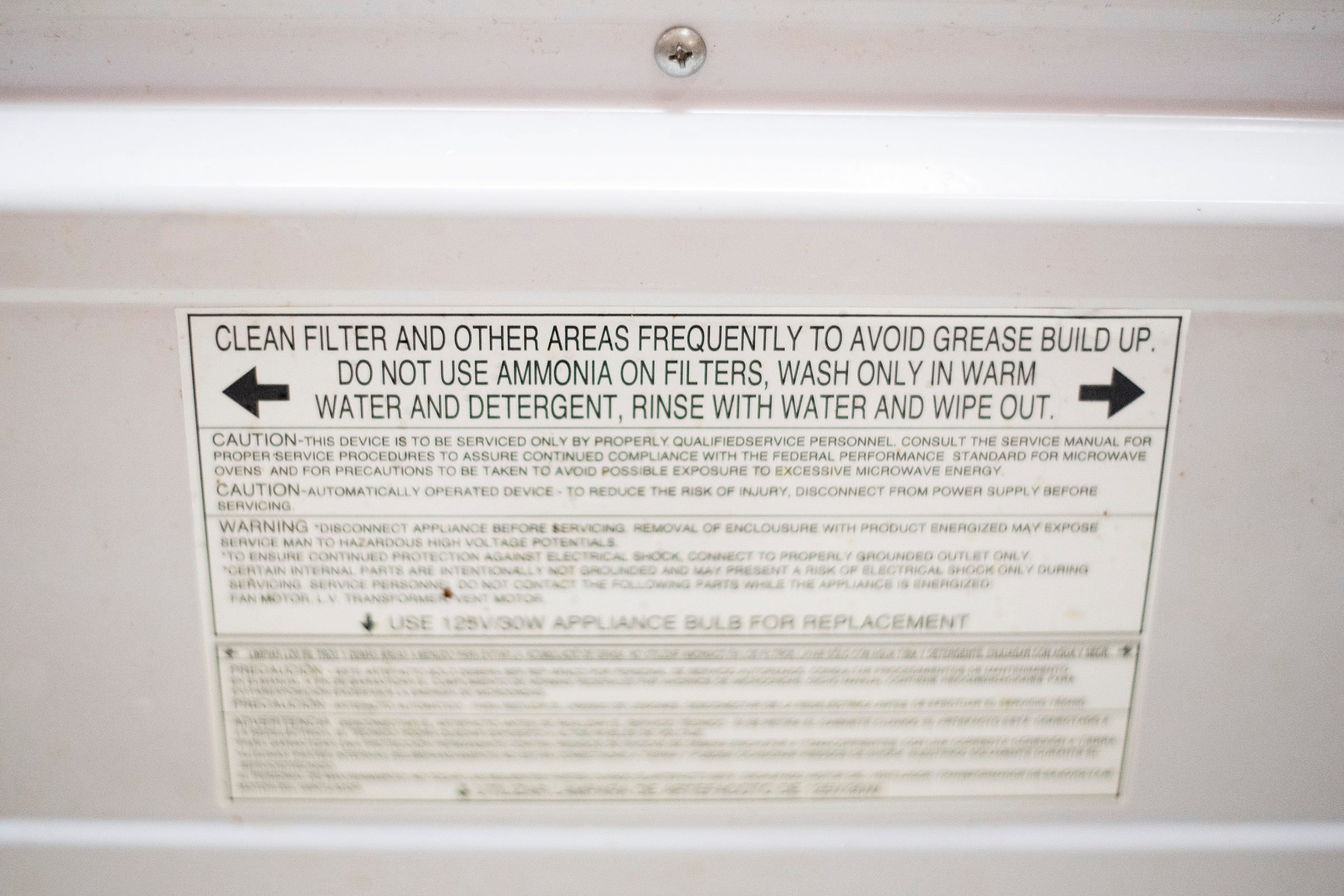
Not following instructions
Another mistake that has to do with the placement of your microwave? Neglecting to properly follow the instructions. This mostly applies to over-cooktop microwaves, Pinson says. “It’s extra important for them to be installed per the manufacturer’s instructions, to ensure that the vent hood and any insulation properly protects the microwave oven, and to ensure that the microwave oven’s own air venting is facilitated properly,” he explains. If you want to err on the safe side and get professional help to make sure you’re installing it correctly, go for it. And while we’re on the subject, learn the ways you’re shortening the life of your stovetop, too.
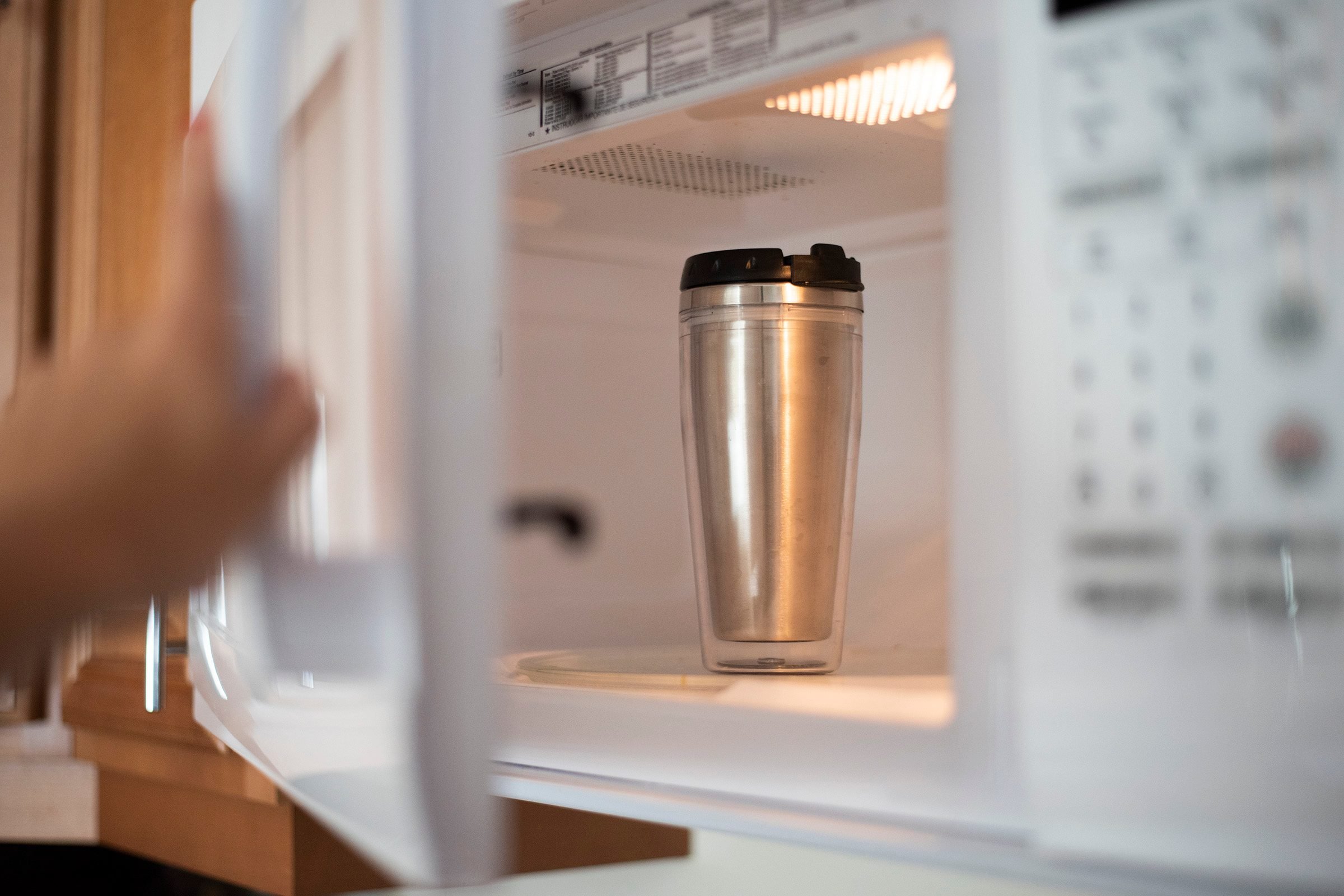
Microwaving stainless steel mugs
Yes, this is a bit of a random one, but travel mugs can actually damage your microwave! “The stainless steel [reflects] the waves instead of letting your coffee absorb them,” says Reuben Yonatan, founder and CEO of GetVoIP. “The waves will continue bouncing between your mug and the microwave surface and cause damage to your microwave.” So in addition to…not really heating up the contents of your mug, this will also shorten the life of your microwave. Use to-go cups to keep hot liquids hot, not to heat them up. And if you have a plastic travel mug, check if it says it’s microwave-safe. Next, learn the microwave problems you’ll regret ignoring, too.
Sources:
- Mika Kujapelto, CEO and Founder of LaptopUnboxed
- John Bedford, founder of Viva Flavor
- Benjamin Shrauner, Owner of Sell Your KC House.com
- Walton Holcomb, founder of BrewSmartly
- Craig Anderson, owner of Appliance Analysts
- National Fire Protection Association: “Explore the 2020 NEC®”
- Bradley Keys, Marketing Director for PatchMD
- George Pitchkhadze, CMO at Thrive Cuisine
- William Pinson of Pinson Technical Consulting LLC
- Reuben Yonatan, founder and CEO of GetVoIP
